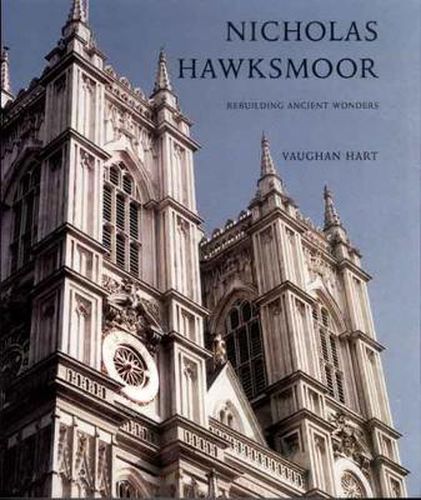Readings Newsletter
Become a Readings Member to make your shopping experience even easier.
Sign in or sign up for free!
You’re not far away from qualifying for FREE standard shipping within Australia
You’ve qualified for FREE standard shipping within Australia
The cart is loading…






The diverse works of architect Nicholas Hawksmoor (?1661-1736) ranged from small architectural details to ambitious urban plans, from new parish churches to work on the monument of his age, St. Paul’s Cathedral. As a young man Hawksmoor assisted Christopher Wren and John Vanbrugh, emerging from these formidable apprenticeships to design some of the most vigorous and dramatic buildings in England. In this engaging book, architectural historian Vaughan Hart presents a fresh view of Hawksmoor’s built and planned work. In addition, Hart offers the first coherent explanation of Hawksmoor’s theory of architecture.
The book explains why Hawksmoor’s buildings look the way they do, what contemporary events influenced his work, and how such ancient buildings as Solomon’s temple and Mausolus’s tomb inspired him. Underscoring the unique qualities of the architect’s accomplishments and aspirations, Hart establishes with new clarity Hawksmoor’s vital role in the development of English architecture.
$9.00 standard shipping within Australia
FREE standard shipping within Australia for orders over $100.00
Express & International shipping calculated at checkout
The diverse works of architect Nicholas Hawksmoor (?1661-1736) ranged from small architectural details to ambitious urban plans, from new parish churches to work on the monument of his age, St. Paul’s Cathedral. As a young man Hawksmoor assisted Christopher Wren and John Vanbrugh, emerging from these formidable apprenticeships to design some of the most vigorous and dramatic buildings in England. In this engaging book, architectural historian Vaughan Hart presents a fresh view of Hawksmoor’s built and planned work. In addition, Hart offers the first coherent explanation of Hawksmoor’s theory of architecture.
The book explains why Hawksmoor’s buildings look the way they do, what contemporary events influenced his work, and how such ancient buildings as Solomon’s temple and Mausolus’s tomb inspired him. Underscoring the unique qualities of the architect’s accomplishments and aspirations, Hart establishes with new clarity Hawksmoor’s vital role in the development of English architecture.